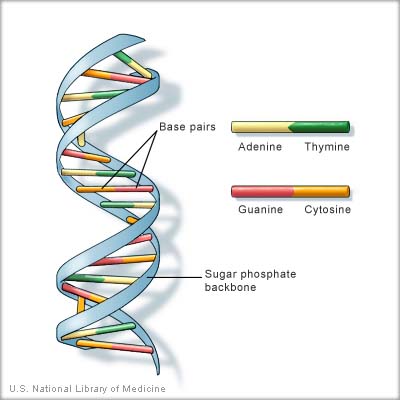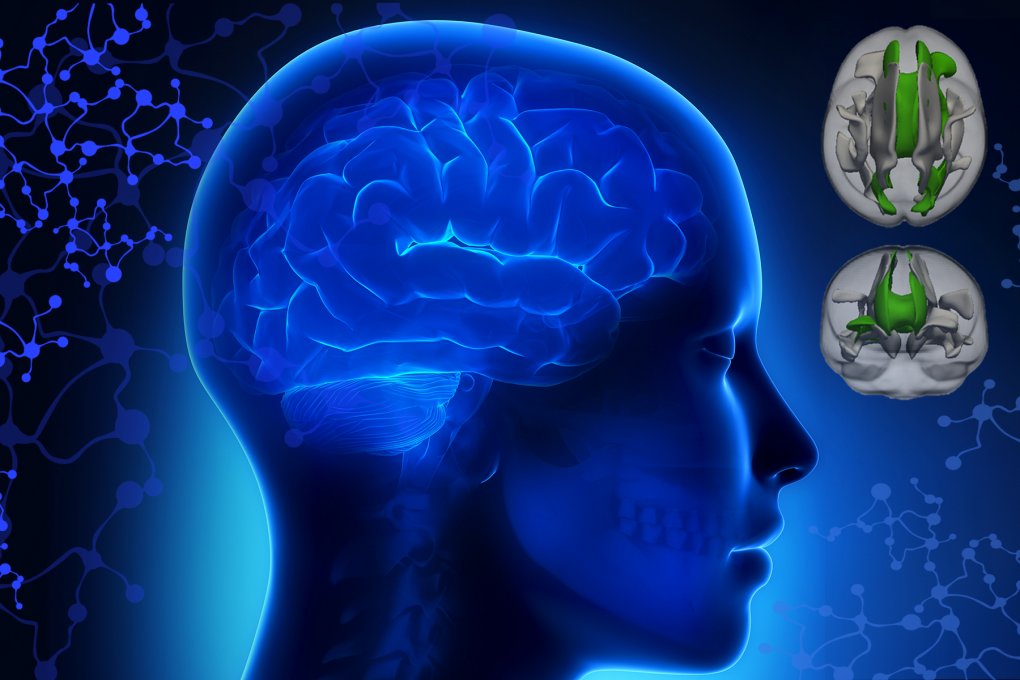Cutting-Edge Technique Simultaneously Edits Multiple Genetic Targets
Alternative to CRISPR/Cas9 May Cause Fewer Undesired Changes
IRP researchers have always worked on the cutting edge of biomedical science, from testing the first successful treatment for childhood schizophrenia to pioneering the first screening technique for HIV. In a new study, an IRP team recently achieved yet another first: simultaneously editing two genetic sites in mice using a brand-new approach called base editing that may prove to be more precise – and therefore safer – than other gene editing methods.









